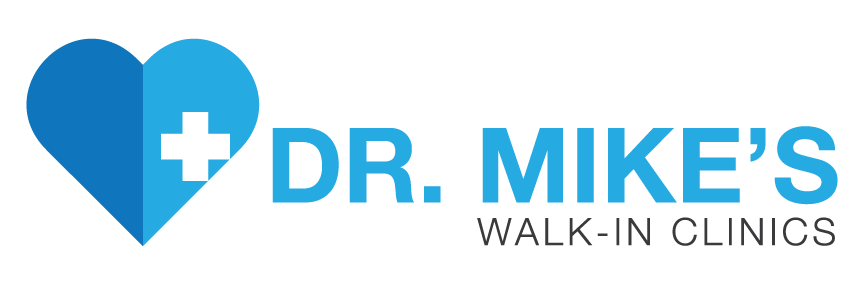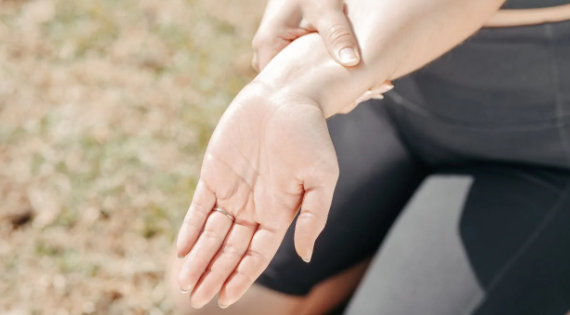Our Blog
Why Do Women Get More Headaches than Men?

Headaches are a common ailment affecting millions of people worldwide, but women are more likely to experience headaches, particularly migraines, than men. This discrepancy is mainly due to hormonal differences and other related factors.
Want to understand the nuances to help manage and reduce headaches’ frequency and severity? Then read on!
The Hormone Connection
Our bodies are a symphony of hormones, with estrogen and progesterone leading in the female reproductive system. These hormones also influence brain chemicals involved in pain perception, making women susceptible to hormonal headaches.
Fluctuations in Estrogen and Progesterone
Estrogen and progesterone, essential female hormones, fluctuate throughout a woman’s life due to menstrual cycles, pregnancy, and menopause. These fluctuations will trigger headaches.
Estrogen and headaches are closely linked; high levels can protect against headaches, while low levels can trigger them. Estrogen is also thought to influence the production of serotonin, a neurotransmitter that plays a vital role in the pathophysiology of migraines. When estrogen levels drop, serotonin levels can also fall, which can lead to the dilation of blood vessels and the onset of a migraine.
Meanwhile, progesterone has a calming effect on the brain and helps stabilize mood. Fluctuations in progesterone levels can lead to increased irritability and stress, which can also trigger headaches.
Menstrual Cycle Headaches
Many women experience headaches associated with their menstrual cycle. These menstrual cycle headaches, or menstrual migraines, typically occur just before or during menstruation, when estrogen levels drop. This type of headache can be more severe and last longer than non-menstrual migraines, and understanding the timing can help you manage them more effectively.
The pattern of these headaches can be predictable. They often occur within two days before menstruation and continue into the first three days of the cycle. This predictability will help women and healthcare providers plan preventative treatments, such as anti-inflammatory medications or other migraine preventatives, during this time frame.
Migraines and Hormones
Migraines are more prevalent in women than in men, and hormonal fluctuations are a significant reason. The drop in estrogen just before menstruation, after childbirth, or during perimenopause will trigger migraines. Women who suffer from migraines often have a heightened sensitivity to hormonal changes.
Hormonal contraception and hormone replacement therapy can also impact migraines. Some women find that hormonal birth control can stabilize their estrogen levels and reduce migraine frequency, while others may experience an increase in migraine attacks. It’s wise to consult with a healthcare provider to find the best approach for managing migraines with hormonal treatments.
Other Factors for Headaches in Women
While hormones are important to the human body's function, they're not the only culprits. Several other factors also cause headaches in women:
Tension Headaches
Tension headaches in women can be triggered by stress, anxiety, and muscle strain. These headaches usually present as a constant, dull ache on both sides of the head and are often related to stress and muscle tension.
The modern lifestyle, which often includes long hours of sitting, poor posture, and high levels of stress, contributes significantly to tension headaches. Women, who usually juggle multiple roles and responsibilities, may be particularly susceptible to these headaches. Relaxation techniques, ergonomic adjustments, and regular breaks during work can help mitigate tension headaches.
Stress, Lack of Sleep, and Dehydration
Stress can lead to tension headaches and exacerbate migraines. Lack of sleep disrupts the body’s natural rhythms, increasing the likelihood of headaches. Dehydration reduces blood flow and oxygen to the brain, which can also cause headaches.
Managing these triggers involves a comprehensive approach to health and wellness. Regular physical activity, mindfulness practices, adequate hydration, and good sleep hygiene are great strategies. Identifying and managing stressors in daily life can also help reduce the frequency and intensity of headaches.
Living with Headaches
Headaches, especially frequent or severe, can significantly impact a woman's life.
The Burden of Frequent Headaches
Frequent headaches can affect productivity, relationships, and overall well-being. Chronic headaches can also lead to anxiety and depression, creating a cycle of pain and emotional distress.
Medication and Lifestyle Changes
Effective headache management often requires a combination of medication and lifestyle changes. Over-the-counter pain relievers, prescription medications, and hormonal therapies can be helpful. Lifestyle modifications, such as regular exercise, proper hydration, adequate sleep, and stress management techniques, are also essential in reducing the frequency and severity of headaches.
When to See a Doctor
Seeking medical attention is best if headaches become frequent, severe, or persistent or if you experience new symptoms like visual disturbances, weakness, or confusion. Also, consult a healthcare professional if the headaches worsen despite undergoing treatment.
Gender Differences in Pain Perception
Research indicates that women and men perceive pain differently due to biological and psychological factors. Women are more likely to report pain and have a lower pain threshold compared to men. These differences can influence how headaches are experienced and managed. Understanding these gender differences in pain perception can help in developing more effective treatment plans for women suffering from headaches.
Hormonal cycles, genetic factors, and societal expectations influence women’s pain perception. Women may also be more likely to seek medical help for pain, which can lead to more frequent diagnoses and treatment opportunities. Recognizing these differences can help healthcare providers tailor their approach to treating headaches in women, ensuring a more personalized and effective care plan.
Drop by and see our team at
Dr. Mike's Walk-In Clinics for personalized headache management and treatment options.
Contact us to book an appointment today!



